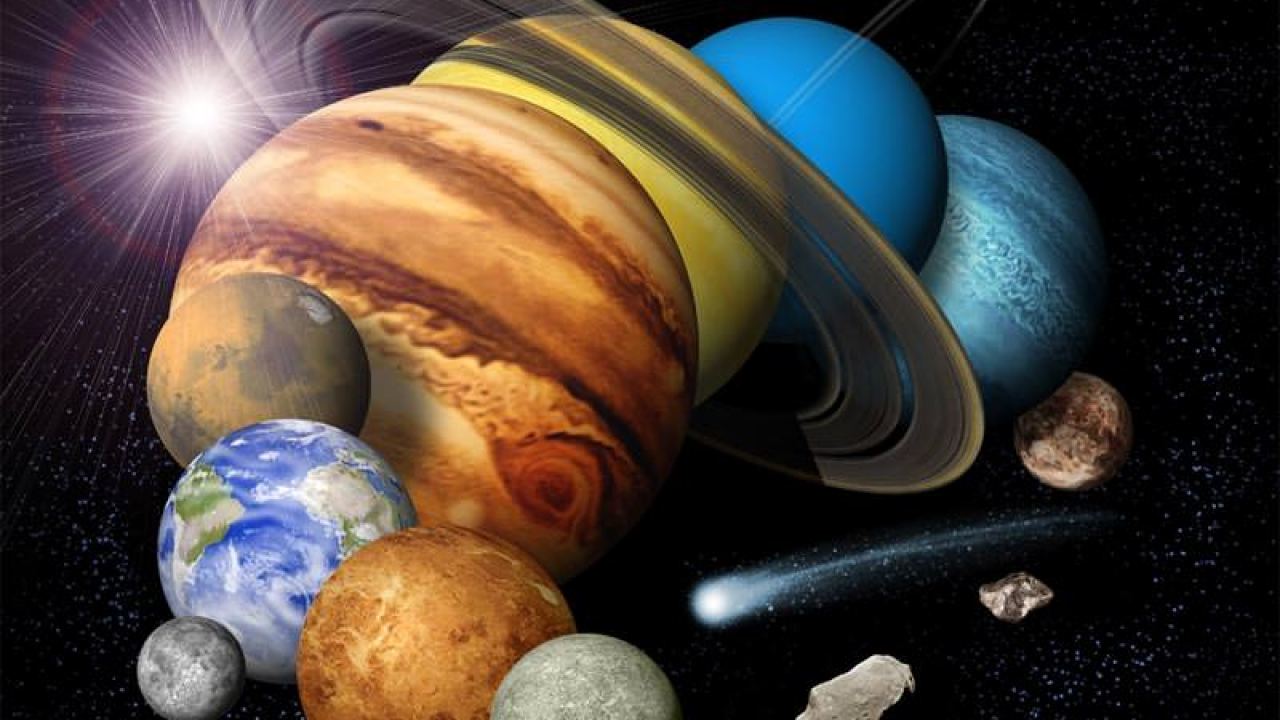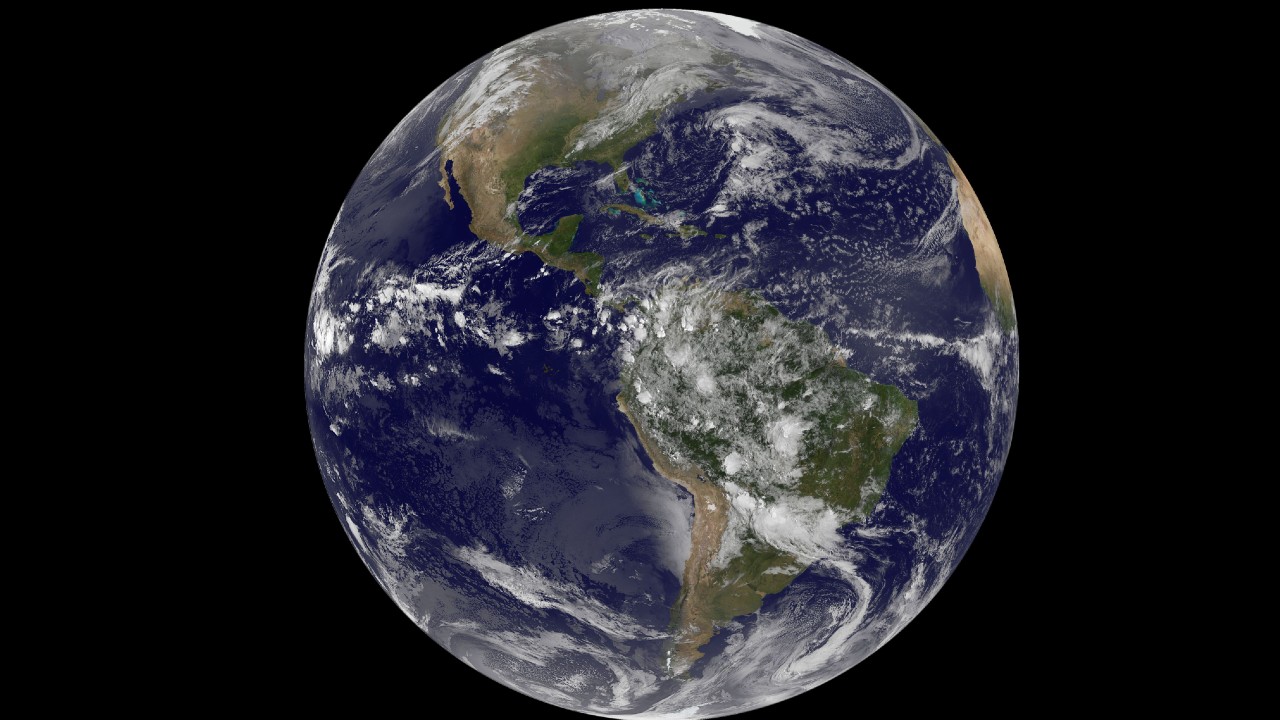PLANET FACTS-Previously unknown facts
PLANET FACTS-Previously unknown facts about our planet

We think we know everything about our planet, but in reality, we know a lot more about space than we do about our home planet. As a result, we invite you to read about some fascinating discoveries that have been made about our planet that you have probably never heard of.
The moon may have once been a part of the earth:
Scientists believe that the Earth’s moon formed when our planet collided with another large body, and that this collision caused the separation of a small piece of Earth, which later evolved into the moon.
The magnetic field of the Earth changes:
We’ve always thought of the Earth’s magnetic field as being fixed, but it’s actually been moving around since the 19th century, about 600 miles, and its centre is above the Southern Ocean in the Southern Hemisphere. As time goes on, the speed of the field’s movement increases until it reaches its peak. Reducing speed after that.
The peculiarities of gravity:
The Earth’s uneven mass results in gravitational fluctuations in various locations on the planet. One such fluctuation is located in Canada’s Hudson Bay, where gravity is lower than in other locations.
There might be a second Earth satellite:
Some scientists think that there is a second moon to the Earth, where another celestial body revolves around the Earth, but it is not always the same moon, but rather temporary moons, as it is thought that the gravitational field of the Earth occasionally attracts large celestial bodies, which then follow our planet for a while before departing again to wander in space.
Earthquakes do occur on the moon:
Although they do not happen as frequently as earthquakes do on Earth, when they do, they are much deeper and closer to the moon’s core. Scientists believe that lunar earthquakes are caused by the forces of attraction between the sun and the Earth.
Hidden gold:
This much gold, if it reached the surface of the Earth, would be sufficient to cover the entire globe in a layer 1.6 feet thick.
Our planet may experience a mini-ice age in 2019:

The sun has sunspots that erupt on its surface to show that this star is active, but occasionally – for unknown reasons – they vanish, leaving the sun’s surface smooth and empty. This occurred in the 15th century when a phenomenon known as the Little Ice Age caused significant climate changes that led to the death of a third of humanity. Finland’s and Iceland’s populations persisted for many centuries.
Scientists have recently observed some regressions on the sun’s surface, and they predict that it is about to enter a cold phase that will bring about another mini-ice age on Earth in 2019. One more habitable planet has been found by scientists. Planet HD 904790 is thought to be the one that humans will eventually call home. It is situated in the same galaxy as Earth, the Milky Way, and has a number of unique characteristics, including a wonderful atmosphere, climate, natural resources, and fresh water. Astronomers estimate that it will take 300,000 years for humans to travel there.
